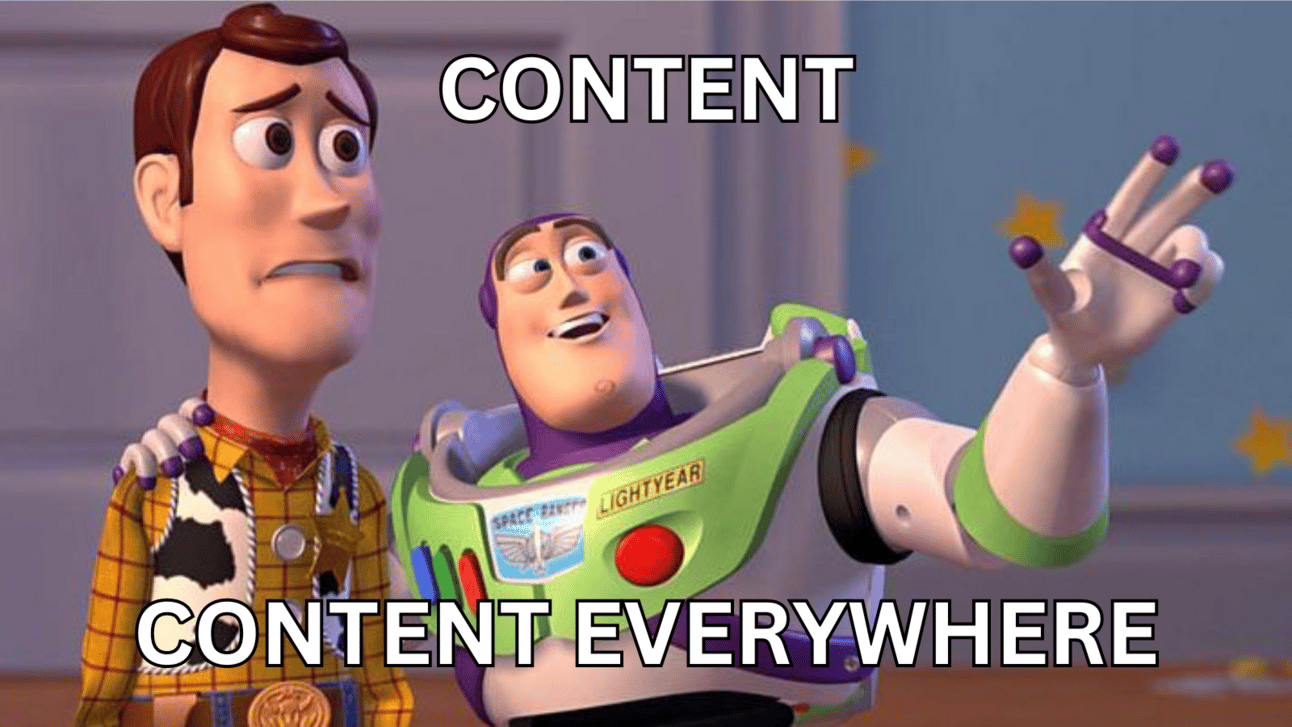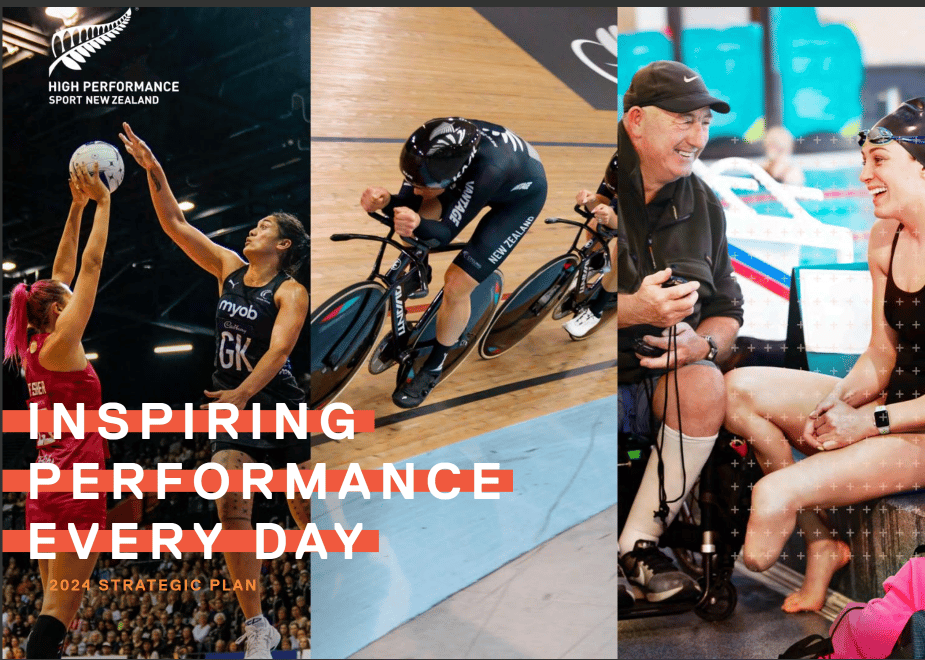- The Sideline Society
- Posts
- The TikTokOlymipcs
The TikTokOlymipcs
Is sport ready for the content-first athlete?
Ever heard of Dude Perfect?
If that name doesn't ring a bell, you've probably still stumbled across their viral videos. These five college friends turned a penchant for games and trick shots into a YouTube sensation, outshining traditional sports channels in subscribers. This isn't just another success story; it's a signal of a seismic shift in the sports world.
Welcome to the era of the content-first athlete, where the playbook is being rewritten right before our eyes.
Below, we delve deep into this paradigm shift.
Exploring the intricate dance between sports participation and content creation. From the kid playing for the highlight reel to the aspiring TikTok sports star, we're asking the hard questions: What does this mean for coaches, for sports systems, and for how we measure success?
🎞️ The Highlight Reel 🎞️
🚀 The Dude Perfect Story: five college friends create a billion-dollar entity by filming trick shots.
🏂Creating a Highlight Reel: Is this ‘the’ new motivation for participating in sport?
🎥 Sport in the age of content-creation: How might sport adapt to the proliferation of content generating participants and athletes?
Dude Perfect
Dude Perfect are on the the way to becoming a billion-dollar entity (if they haven’t already). Not bad for five college friends that started out by filming trick shots in their dorm rooms and sharing on YouTube.
Today, they have the second most-followed sports channel on YouTube (behind WWE), with a larger subscription base than many of the largest, well-known, and resourced sports institutions and organisations from around the world.

Subscriptions as of 2023
So what?
While Dude Perfect’s impressive subscription base speaks to the shifting dynamics of the sports-entertainment complex, the thing I’m more interested in is the nature of the activity.
And what activity like this means for the likes of me who work in sport.
To me, Dude Perfect is the proverbial tip of the iceberg, in which we are beginning to see a new nature of sports participation – the content-first athlete.
Why do we sport?
My colleagues and I spend a lot of time thinking and talking about this question (in one form or another).
Think about it – some do sport for personal wellness, others for the social connection, some for the pursuit of excellence.
And then layer in the various sport contexts - from the grassroots to the elite level, from casual kick abouts to professional showdowns.
When you do this, you start to get these groupings of whys, where and how.
Why bother with all this?
Simple. It's about crafting sports programmes and events that truly resonate. Whether it's a local tournament or a high-stakes competition, understanding these driving forces lets us design experiences that hit the mark.
Highlight Reels: A New Driving Force in Sports Participation?
Let's cut to the chase: Highlight reels aren’t a groundbreaking concept in sports, especially in those with deep-rooted subcultures like skateboarding and surfing. But here’s the game-changer: the explosion of easy-to-use tech – think smartphones, editing apps, and social platforms – has put the power of creating highlight reels in everyone’s hands.

What's more, this shift isn’t just about technology. It’s about a fundamental change in the sports landscape, driven by the creator economy. This isn’t just about making cool videos; it’s about the real incentives – money, fame, and recognition – that now come with nailing that perfect reel.
But let's not get tunnel vision. It's not all about highlight reels. Athletes are diversifying, producing all sorts of content from instructional videos to deeply personal training diaries.
This variety enriches the sports narrative, offering more than just jaw-dropping moments, and broadens the types of stories being told in and through sport.
In essence, we’re witnessing a paradigm shift in sports: Content creation is increasingly becoming the ‘why’ behind the sweat and grind of sports. It's a fascinating evolution, one that's rewriting the playbook on sports motivation.
Adrian Raza, world champion skimboarder almost had to give skimboarding up (because it didn't pay the bills). This all changed when he started recording himself skimboarding city fountains (and in the process making a whole new offshoot of the sport – urban skimboarding).
In this episode, Mary Spender, keen amateur cyclist, films herself getting a bike fit.
The content-first athlete
When does an athlete transition from just playing the game to being a content-first athlete? It boils down to one thing: motivation.
A content-first athlete hits the field (or court, or track) primarily to create content. Their drive to compete is entwined with their drive to create. Sure, they might have other reasons to play, but content creation tops the list.
Take 'Dude Perfect' as a prime example. These guys are the epitome of content-first athletes. But let's get real – athletes creating content isn’t new. Sports news has been around for over a century. The game-changer now? Control and ownership. Athletes, and not just the pros, have unprecedented control over their content, thanks to technology and social media.
But here's a twist – content creation isn’t just a means to an end (like making money or gaining fame). For many, it's an art form, a source of joy in of itself. They find pleasure not only in the sport itself but also in crafting the story, the image, the film that captures their passion. It’s a dual thrill – the joy of the sport and the joy of storytelling.
Melody Donchet - Pro Female Football Freestyle
Redefining Sports in the Age of Content Creation
Let's loop back to a critical question: 'Why do we engage in sports?' Understanding motivations is key to shaping sports' design, delivery, and support. But here’s a pivotal angle we need to consider – the growing wave of athletes and participants driven by content creation. How should this influence our approach to sports?
Here's my take: The intersection of content creation and sports participation is not just a passing trend; it's a seismic shift. We're on the brink of witnessing profound changes in how sports operate, bringing both opportunities and challenges to the industry.
For instance, in New Zealand, being a YouTuber now ranks among the top career ambitions for kids. This isn't just a statistic; it's a signal of a profound shift in aspirations and attitudes towards sports and content creation. As leaders and innovators in the sports sector, we need to be proactive, not just reactive.
If understanding people’s motivations are important for thinking about what design, delivery, and support of sport looks like, then how do rethink, reimagine, and re-engineer sport for athletes and participants who are motivated by creating content?
While I'm far from coming to an answer to what this all means, I'll leave you with three things I’m pondering below:
1. How do we coach the kid who wants to play for the highlight reel (and not his team)?
In the world where Instagram fame can overshadow team goals, coaches face a tough challenge. How do you mentor a player who's more focused on personal highlights than team success? This isn't just about basketball skills; it's about navigating the tricky waters of social media influence and team dynamics. Coaches need strategies for integrating these personal ambitions with team objectives.
2. TikTok Dreams vs. Traditional Sporting Aspirations
The rise of TikTok stars challenges traditional sports pathways. What role do coaches play when a youngster dreams of social media stardom over being the next All Black? And how should the sports system respond? Perhaps it's time to explore content-first athlete pathways, recognizing and harnessing the power of relatability and aspiration in sports.
“There are a lot of casual fans out there who love basketball, and what these creators have tapped into is a relatability and an aspirational element where these kids are looking at kids and young men and women who look like them and they didn’t win the genetic lottery that it takes to become a professional athlete,”
Stephania Ergemlidze, is a first-generation American, who pivoted from studying law to streaming ‘pop up 1v1 basketball games’ in different locations around the States. Ergemlidze’s story is interesting for highlighting an athlete making a career out of their sport, not because of their athletic prowess, but rather their relatability and other compelling and emotionally engaging elements that are captured on screen.
3. Measuring Success: Views vs. Victories
The traditional metrics of sporting success, like Olympic medals, are clear. But in an era where public investment in sports intersects with social outcomes, could 'views' and 'engagement' become new yardsticks for success? It's a provocative thought. Should we start valuing the global impact of Kiwi content-first athletes as a measure of national pride and success?

High Performance Sport New Zealand’s new strategy is about “inspiring performance every day” - it’s not a giant leap to see where relatable content-first athletes might fit into this strategy.
In conclusion, these scenarios compel us to think beyond conventional sports paradigms. It's about adapting to a landscape where content creation, social media influence, and traditional sports values collide. We're not just shaping athletes; we're navigating a new sports culture, where fame, relatability, and digital influence play pivotal roles.
Want to delve deeper?
📖 Read:
ESPN’s Joon Lee discusses how high school basketball coaches in the States are being challenged to adapt to the shifting behaviour of some athletes, as they play to blow up on Instagram - access it here
Stephania Ergemlidze makes a living out of playing basketball - but not how you might think - ready about her story here
